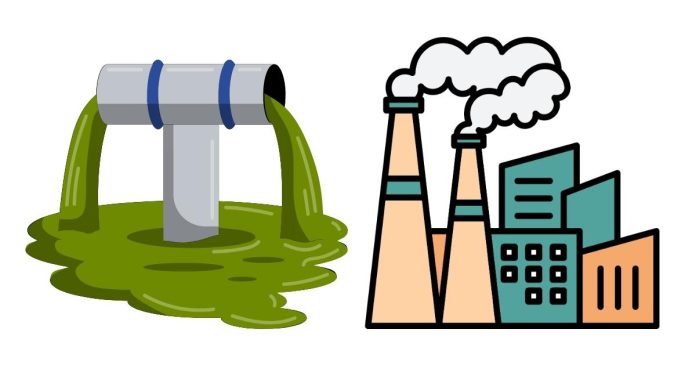In recent years, pollution has become a pressing global issue, affecting millions of lives and the environment. Urban centers, with their rapid industrialization and population growth, often bear the brunt of this crisis. In this blog post, we explore the top 10 most polluted cities in the world, shedding light on the challenges they face and the urgent need for sustainable solutions.
1. Lahore, Pakistan
Lahore consistently ranks as one of the most polluted cities globally. The city struggles with high levels of smog, primarily caused by vehicular emissions, industrial pollution, and agricultural burning. Poor air quality in Lahore has led to significant health concerns, including respiratory diseases and reduced life expectancy.
2. Delhi, India
India’s capital, Delhi, is infamous for its severe air pollution, often blanketed by a thick layer of smog. The primary contributors include vehicular emissions, construction dust, and the seasonal burning of crop stubble in neighboring states. Efforts like odd-even traffic rules and increased green cover have been introduced, but the city continues to grapple with hazardous air quality.
3. Dhaka, Bangladesh
Dhaka’s rapid urbanization and industrialization have made it one of the most polluted cities in the world. Brick kilns, traffic congestion, and poor waste management are major contributors to the city’s environmental woes. Residents frequently face health issues due to high levels of particulate matter.
4. Ulaanbaatar, Mongolia
Ulaanbaatar, the capital of Mongolia, experiences severe air pollution, especially during the winter months. The use of coal for heating in traditional ger (yurt) districts and industrial emissions contribute significantly to the city’s poor air quality, posing serious health risks to its population.
5. Kabul, Afghanistan
Kabul’s air pollution crisis stems from a combination of factors, including unregulated industrial activity, widespread use of low-quality fuels, and insufficient waste management systems. The city’s geographical location, surrounded by mountains, exacerbates the problem by trapping pollutants.
6. Jakarta, Indonesia
Jakarta’s air quality has deteriorated over the years due to rapid urbanization, vehicular emissions, and industrial pollution. The city also faces challenges from peatland fires, which release large amounts of particulate matter into the atmosphere, affecting both air quality and public health.
7. Beijing, China
Although Beijing has made significant strides in reducing pollution levels over the past decade, it still faces episodes of hazardous air quality. Industrial emissions, coal burning, and vehicular pollution are the primary culprits. The city’s efforts to switch to cleaner energy and stringent regulations are steps in the right direction.
8. Cairo, Egypt
Cairo suffers from high levels of air pollution due to traffic congestion, industrial activities, and the open burning of waste. The city’s dense population and lack of effective waste management exacerbate the problem, leading to widespread respiratory and cardiovascular issues among its residents.
9. Mumbai, India
Mumbai, India’s financial capital, struggles with severe air and water pollution. Vehicular emissions, industrial discharge, and untreated sewage contribute to the city’s environmental challenges. Despite various initiatives, the city’s pollution levels remain a major concern.
10. Karachi, Pakistan
Karachi, one of the largest cities in Pakistan, faces significant air and water pollution issues. Industrial emissions, vehicular smoke, and inadequate waste disposal systems have severely impacted the city’s environment and the health of its residents.
The Global Call for Action
The pollution crisis in these cities highlights the urgent need for comprehensive and sustainable solutions. Governments, industries, and individuals must work together to:
- Transition to cleaner energy sources.
- Implement stricter regulations on industrial emissions.
- Promote public transportation and electric vehicles.
- Enhance waste management systems.
- Increase green spaces and urban forestry.
While these cities represent the extremes of urban pollution, their challenges are a wake-up call for the world. Addressing pollution is not just about improving air quality; it’s about ensuring a healthier, more sustainable future for all.



